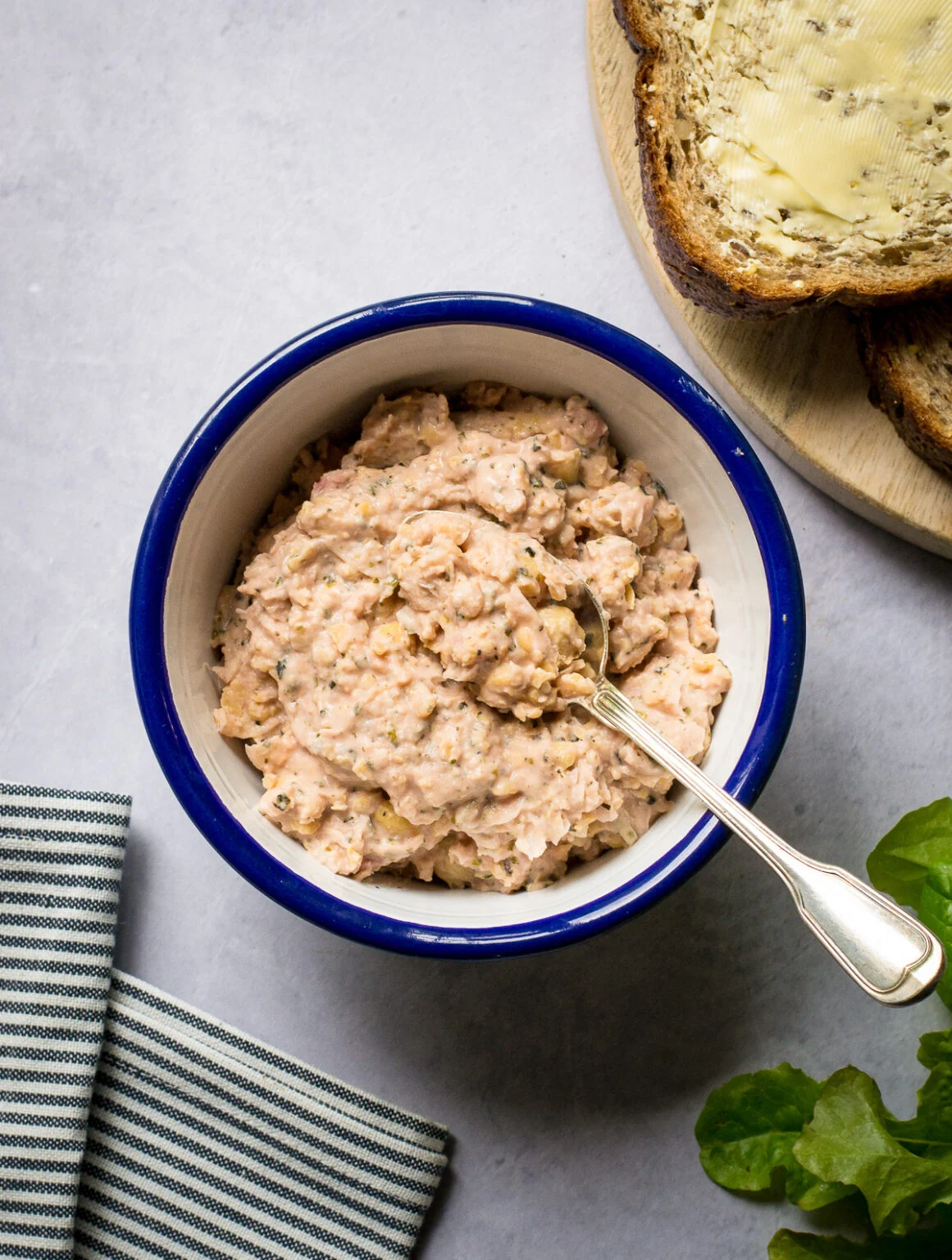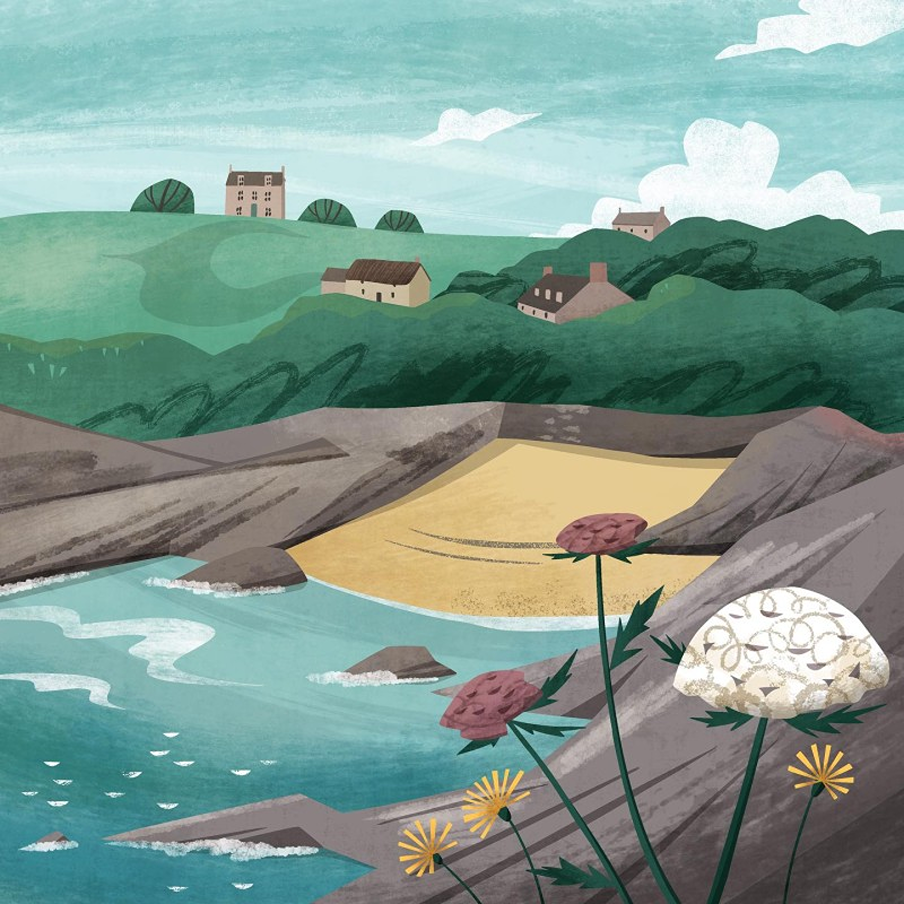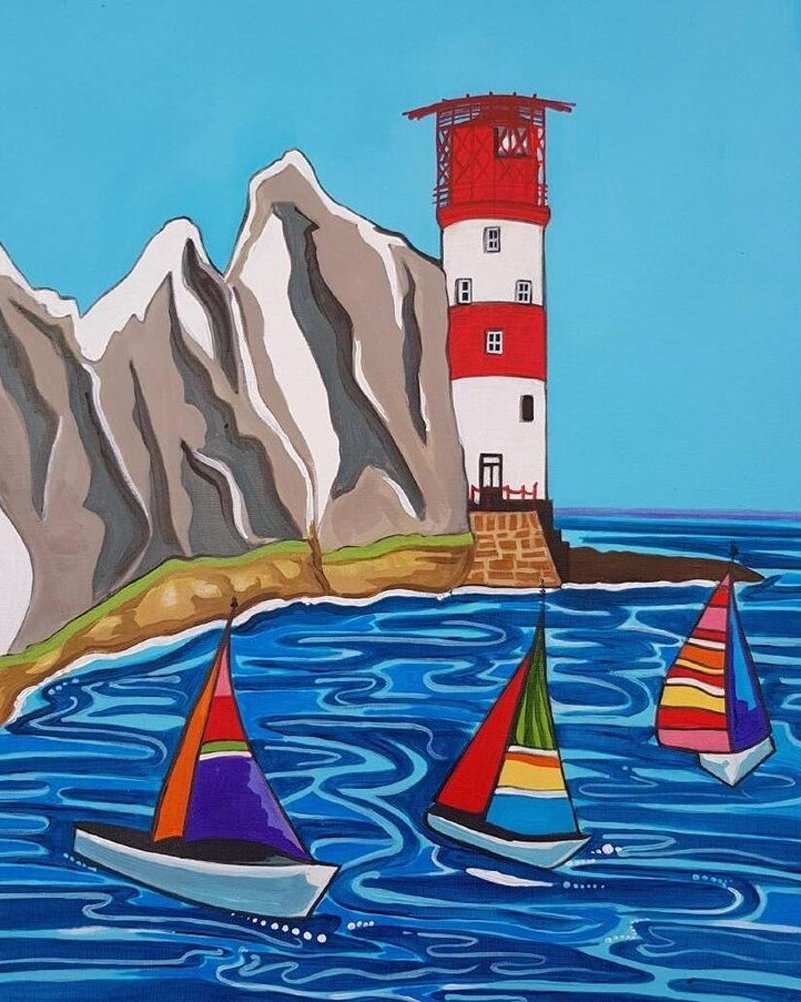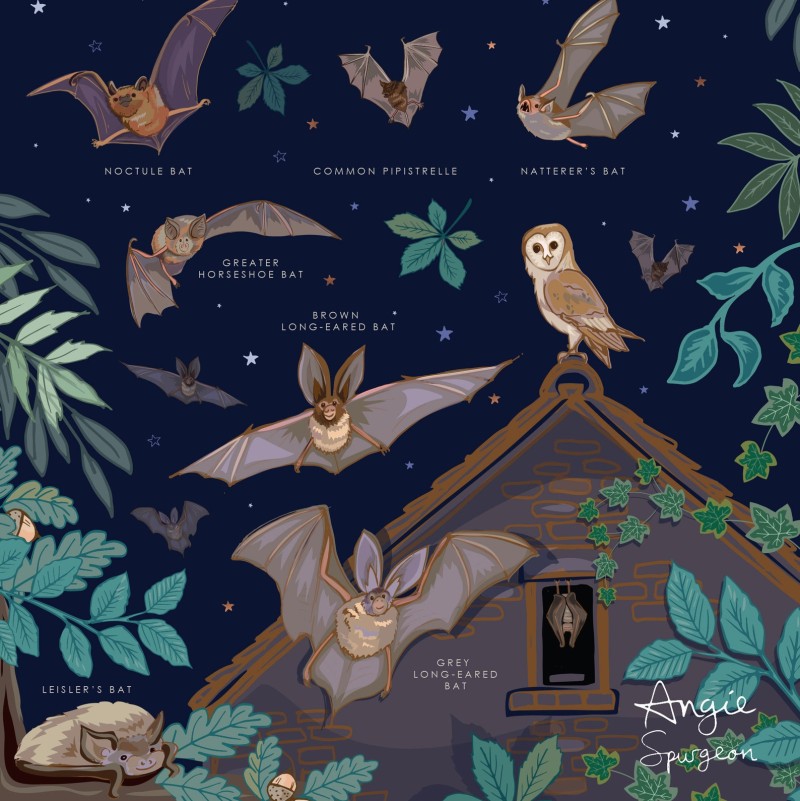How to Help Save Endangered Whales

England has a few whales along our coast, but most are found elsewhere, migrating thousands of miles to give birth each year. These gentle giants mostly live on krill (there are campaigns to ask Holland & Barrett to stop selling it – there is no ‘sustainable version’, as whales need it to survive).
Whales are endangered, and face many threats like oil and plastic pollution, hunting (still practiced in Japan, Norway and Faroe Islands) and being used for meat (often served as ‘steak’ to unsuspecting tourists abroad) and being used in the perfume industry (ambergris).
It’s believed there are only around 70 reproductive female North Atlantic right whales left (same as the vaquita – a porpoise often mistaken for a whale).
The best way as always is to live a simple sustainable life, taking home your litter, and taking part in local beach cleans.
WiSE is a wildlife-friendly boating course (it only takes five hours), you can then use the logo on your literature. This covers reducing speed and noise (whales communicate over miles in the ocean, so noise greatly affects breeding). Read our post for sustainable sailors!
Never use jet skis, these cause noise pollution and injuries, and can separate mothers from their calves.
To help prevent oil pollution, wrap small amounts of oil in kitchen paper and bin (same with cream liqueurs). For larger amounts, use an oil recycling container and take to the tip.
Also choose waterless car washes (driveway and supermarket car washes send untreated oily water down drains, and out to sea).
Advocate for Ocean Sanctuaries

England presently has no ocean sanctuaries (Scotland has just one), though there are many worldwide. These are ‘owned by nobody’, so marine creatures are left alone, free from human interference.
If you eat fish, look for brands certified to not use by-catch methods, this helps to protect all marine creatures. And helps to reduce ghost fishing waste (this post includes info on fishing line recycling).
If slavery statues have been removed in Bristol, why are statues celebrating its whaling history, still standing in Whitby, Yorkshire?
Support Whale Conservation Charities

Whale and Dolphin Conservation is England’s main charity to save our marine friends. You can donate anonymously, or choose this charity at easyfundraising, and when you buy something from a participating store or serve, a portion goes to them, it doesn’t cost you anything.
It also runs a whale lottery (it costs less than the National Lottery, and you have more chance of winning the top prize of £10K0.
It also campaigns to stop Michelin Food Guide recommending restaurants that serve whale meat. It would not recommend restaurants that serve tiger or rhino meat, so why whales?
How to Help Stranded and Injured Whales
For any marine creature concerns, call British Divers Marine Life Rescue (the coastguard or RSPCA can also put you through).
- Keep yourself safe by steering clear of thrashing tails and high tides, and put on gloves.
- Keep the area quiet, and upright the whale (if on its side) by gently rolling onto its underbelly (ask for help). Dig trenches under the pectoral fins, so the whale can ‘hang’ comfortably.
- If the whale is stranded on land, pour water over it, to keep skin moisture. Never pour water into the blowhole (this is the whale’s nostril). Instead drape soaked seaweed on its body (again, not over the blowhole).
- Volunteers can take a Marine Mammal Medic Course (you must have a smartphone, for alerts). You receive a lifejacket and insurance, for the first year.
You will learn how to rescue whales, dolphins and seals. The dummy whales used on beaches are so lifelike, that often local rush over to help!
Books to Learn More About Whales

Life After Whale is the story of how after a whale dies in the ocean, it creates ‘whale fall’. The body floats the surface, the sinks to a clean-picked skeleton, providing food and shelter for other creatures, for many years.
The Little Book of Whales is a little keepsake book by experts, packed with facts, and illustrated with art and photograph. From anatomy and reproduction, to habitat and conservation.






